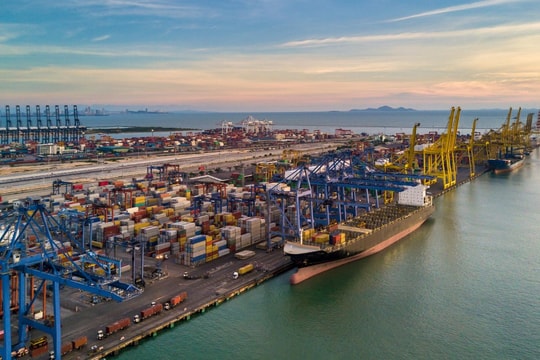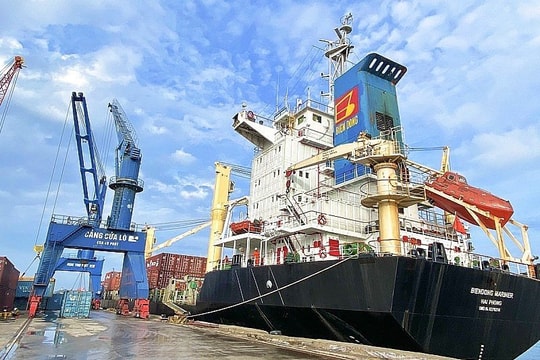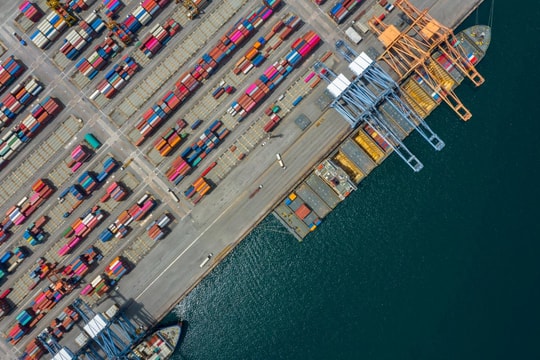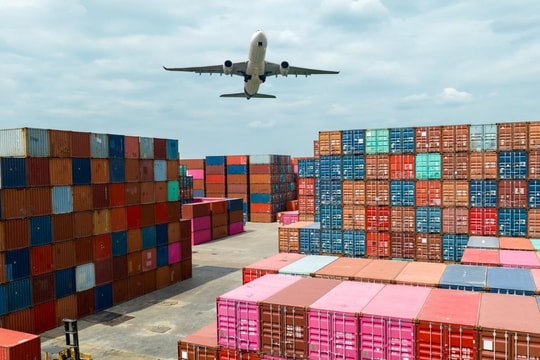Carriers “are running out of options” for deploying large new ships on Asia-Europe routes and will face pressure to cut rates, according to a report by DVB Bank’s Research and Strategic Planning unit.
During the last six months, nominal capacity deployed on Asia-Europe routes rose by 348,000 20-foot-equivalent units, or 8.9 percent, the report said. Weekly capacity rose only 3.6 percent as carriers used slow-steaming and intermediate port calls to stretch their capacity. The average number of ships on Asia-Europe routes has risen to 11 from eight in 2008.
Carriers may have squeezed all the benefit they can from those measures, the DVB report said. Adding wayport calls increases transit time, and weak cargo volumes are compounding carriers’ problems in managing capacity.
Rates have been relatively healthy since operators succeeded in implementing general rate increases at the start of this year, but the DVB report said rates would come under growing pressure.
“Taking into account the poor economic outlook, trade volumes are expected to remain subdued,” the report said. “Given the limitations of capacity discipline measures in the face of incoming supply, freight rates on the Far East-Europe route are expected to be under huge pressure again, thereby dampening profitability of all liners operating on the route.”
















